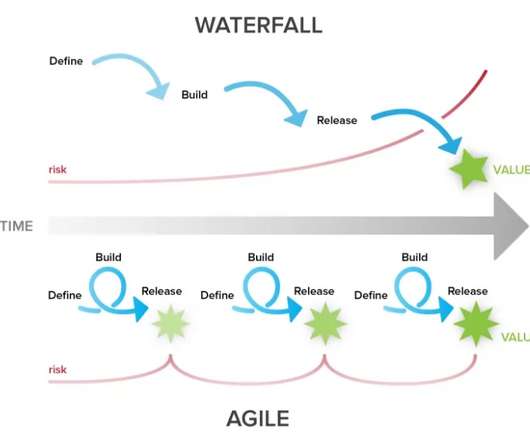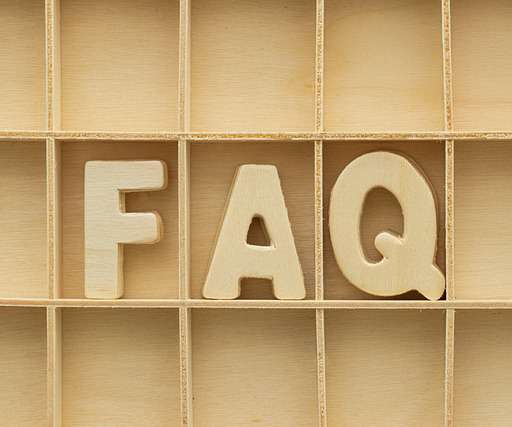Integrating ‘Agile’ Approaches into ‘Waterfall’ Cultures
InnovationTraining.org
JANUARY 26, 2022
Agile” and “Waterfall” offer us very different approaches to project management. is the guiding question, and we develop solutions based upon our understanding of the answer. Agile design, on the other hand, begins without a clear endpoint, assuming that any presumptions about results may bias or limit our opportunities and options.
















Let's personalize your content